The Scotland Highland Games are a fun way to celebrate Scottish and Celtic traditional cultures. Originally founded as an athletic and sports competition, the Games were referred to as Heavy Events and were first held at least a thousand years ago! Their original purpose was to test the strength and conditioning of Scottish troops. Over the centuries the Heavy Events evolved into festivals for any Scot to attend. Dancing, pipe bands, drumming, and food and drink were added, and the Scotland Highland Games were born!
Here are some fun facts about the games!
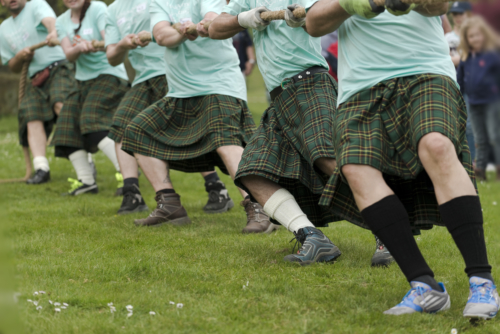
- Scottish Clans have been a part of the Highland Games since its existence, with clan members going head-to-head in Heavy Events. In modern times, their presence is more of a social and ceremonial gathering. Many clans set up tents and share information about Scottish history and genealogy.
- Out of all the events, the Caber Toss is perhaps the most iconic. While vertically balancing a long log, competitors attempt to toss the log in such a way that it turns end over end, hitting the ground in the 12 o’clock position. If they succeed, the competitor has “turned the Caber.” Athletes are judged on whether they flipped the Caber, not the length it travels.
- The Scottish Highland Games Association set a rule that anyone competing in the games must wear a kilt.
- According to Scotland.org, Highland dancing was originally an all-male event, with women not allowed to take part until the late 19th century. Today, 95% of the competitors are female.
- Besides Tossing the Caber, other events include Tug o’War, The Hammer Throw, Stone-Put, and Track and Field.
- According to Celtic Life International, the modern Highland Games were first held in 1818 at St. Fillans, Perthshire.
- Did you know that the English government once banned the Heavy Events (Highland Games)? The Act of Proscription (1746-82) outlawed all Scottish culture, including the wearing of kilts and playing bagpipes!
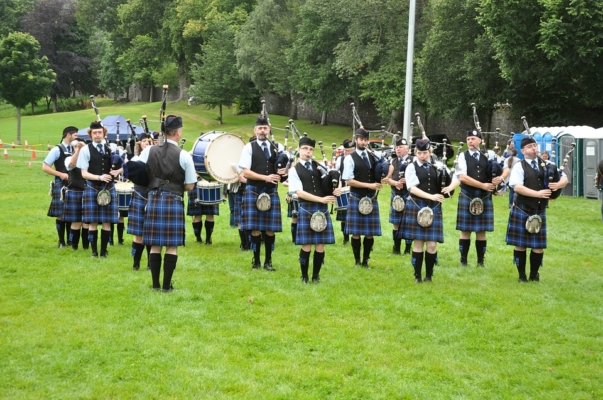
- The modern-day British Royal Family attends the Braemar Gathering in Braemar Scotland (near Balmoral Castle) annually. It’s the only Highland Games they attend. Queen Victoria started the long tradition of Royal patronage at Braemar in 1838 and bringing a resurgence of the Highland Games to Scotland.
- Each year, more than 60 Highland Games are held across Scotland during May through September.
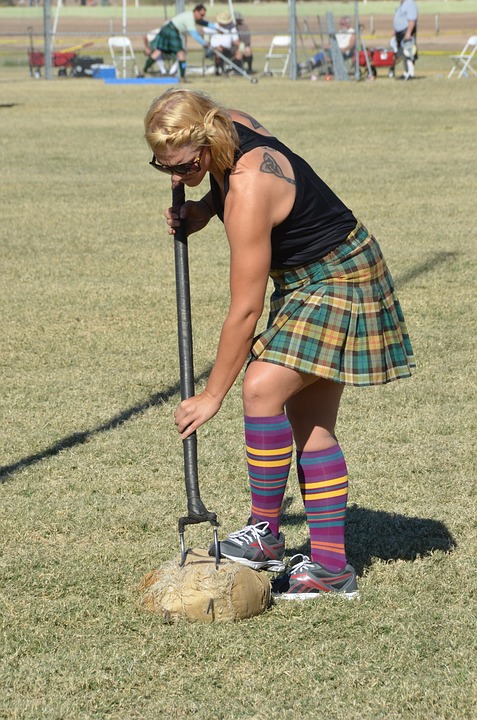
While there are plenty of Highland Games in the United States, nothing compares to experiencing the real Highland Games in Scotland! Wouldn’t you love the chance to watch Highland dance and pipe band competitions, athletes showing off their brute strength in heavy event competitions, Haggis hurling (yes, you read that correctly) while sampling traditional Scottish foods, malts, gins, and whisky?
Join us September 2019 when we travel to the Scotland Highlands on our 8-Day Escorted Tour of Scotland. Part of your adventure includes a day at the Peebles Highland Games! Don’t miss out on this memorable trip.
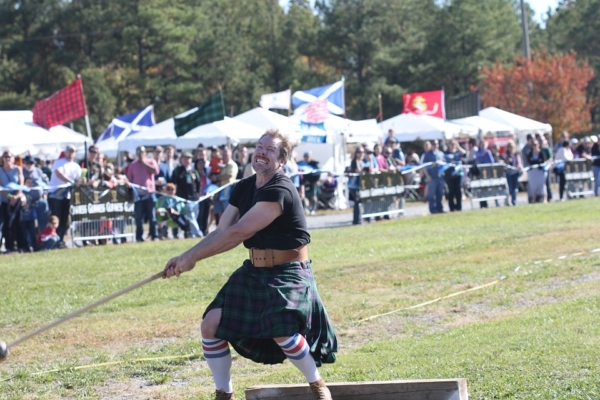
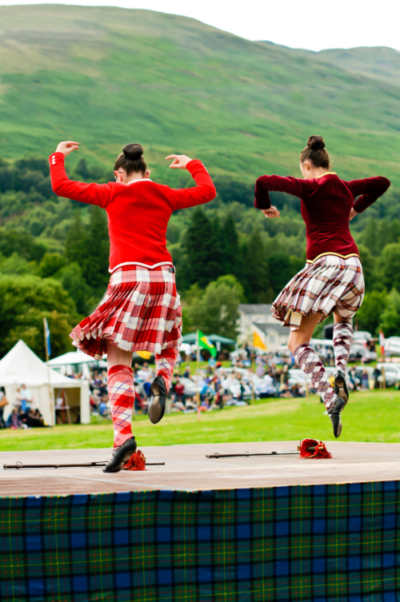

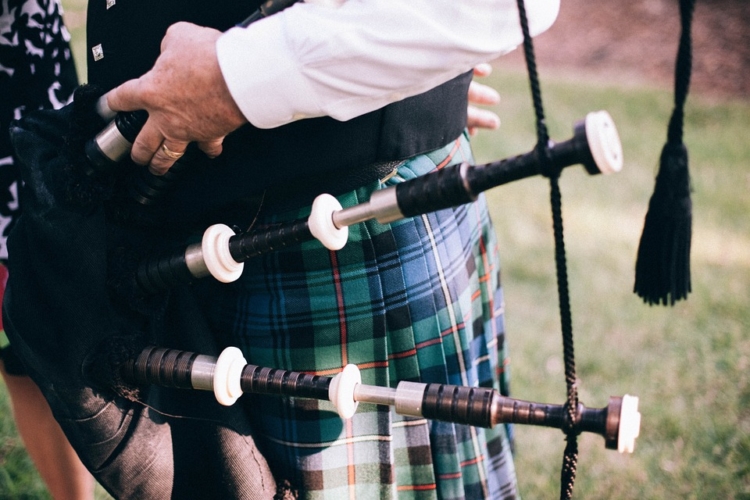


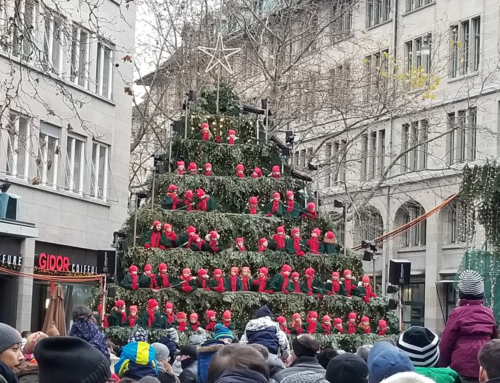

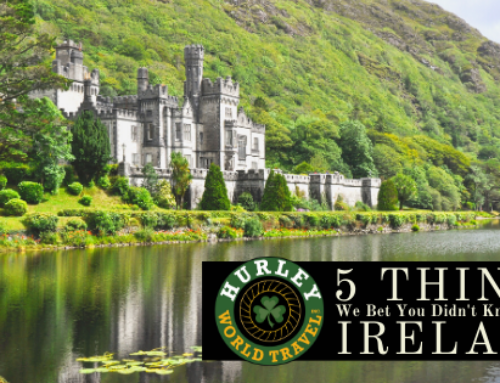
Leave A Comment